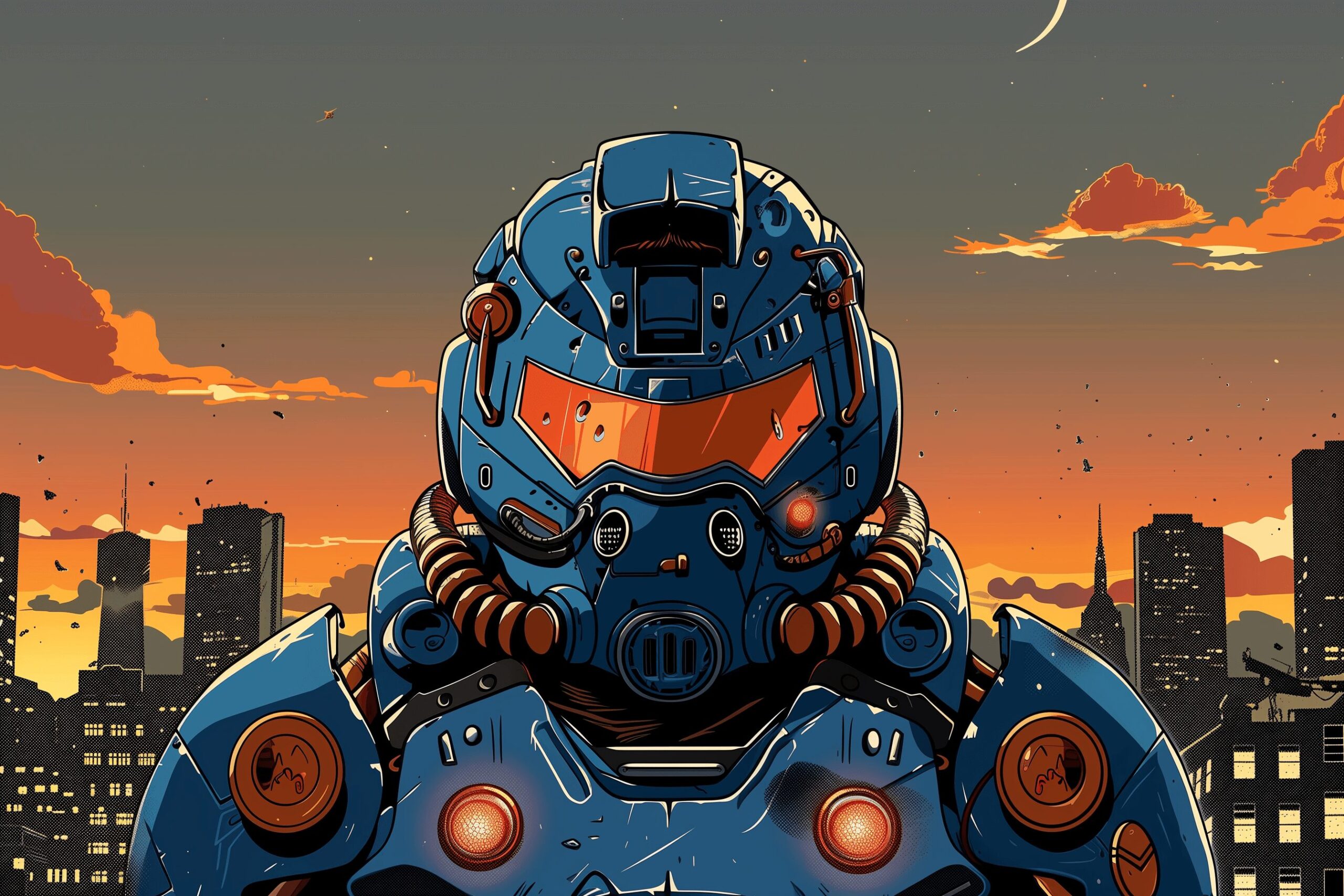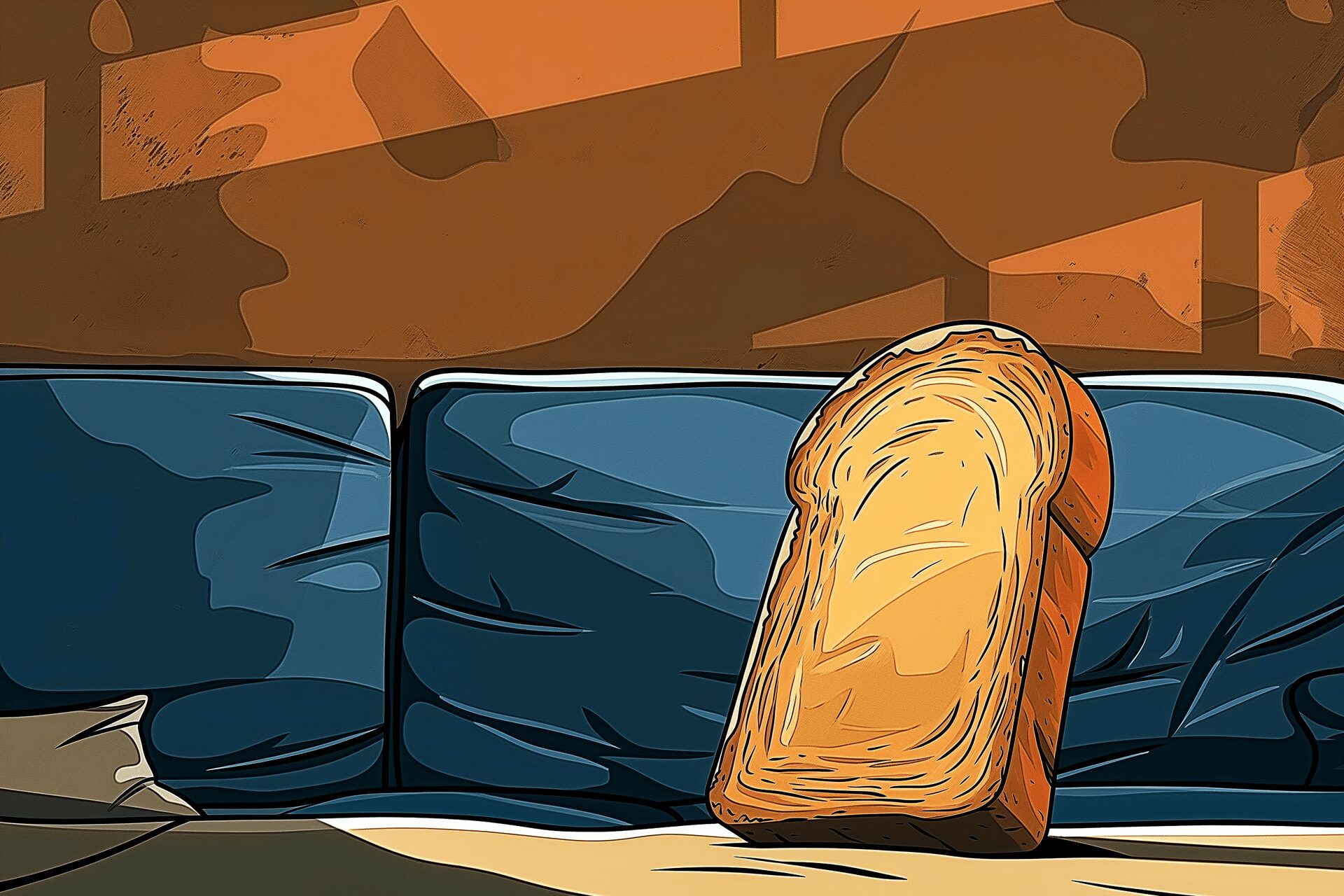You Should Feel Concerned About Diablo 4 Microtransactions
Dec 06, 2023

As an Amazon Associate, Modded gets commissions for purchases made through links in this post.
Diablo 4 microtransactions are nothing new — they’re just high-priced, pointless cosmetics. Still, they cast a shadow on a great game. If gamers aren’t already concerned, they should be.
The State of Diablo 4 Microtransactions
Since Season of Malignant has come to an end, players have new cosmetics to check out. While some guys are excited, others are less than pleased. Tons of gamers have come out to voice their frustration at the outlandishly high costs of Diablo 4 microtransactions.
Many guys believe the cosmetics are overpriced and pointless — especially considering they already paid at least $70 for the base game. Although it’s nice to have the option to get new cosmetics, we suspect Blizzard isn’t offering them for your benefit.
What Does Diablo 4’s In-Game Shop Offer?
Diablo 4 microtransactions are purely cosmetic — the in-game shop features skins for your horse or character. For example, you could pick up the “Undying Rage” armor set for your Barbarian for 2,600 platinum or the “Among the Stars” mount armor for 2,200 platinum.
Seasonal cosmetics are also an option. The first was the Mother’s Protection collection for the Season of Malignant. You could choose from five different looks — Mother’s Warmth, Embrace, Kiss, Whisper or Mercy — for 2,200 platinum each. It got replaced by a new set when the second season dropped in October.

If you find yourself out of platinum, you can head to a tab in the shop to buy some more with your hard-earned, real-world money. It costs $10 for 1000 platinum, $25 for 2,800 and $100 for 11,500 — the price adds up quickly.
There’s a catch to the shop, though. Unsurprisingly, none of the armor sets carry over to different classes. Almost every cosmetic costs more than 2,000 platinum, so you’d have to spend $20 at minimum for a single armor set — that’s nearly one-third the cost of the entire game. If you want one new look for every class, you would have to spend at least $100.
The Bad Cosmetics Aren’t a Good Thing
Diablo 4’s cosmetics are bad, but it isn’t really a good thing. Although you’d think the absurdly high prices — $20 for one armor set in a game where you constantly find new items — are bad enough, the madness doesn’t stop there.
Frankly, you hardly ever see your armor in the game. Even though you can zoom in on it when playing alone, catch a glimpse of it during loading screens and look at it in your inventory, it usually looks like a small blob on your screen while you fight monsters or explore.

What’s more, paid cosmetics aren’t even necessary. After all, you constantly loot new armor and can take full advantage of the game’s transmog system. Considering you can only get a horse at the end of the campaign’s third act, mount cosmetics aren’t even useful for new players.
Although you could argue pointless cosmetics are a good thing since they have no impact on PvP areas, their uselessness should make you wonder why they’re there in the first place. Any guy is more than welcome to spend money on Diablo 4 microtransactions if they have the budget for it. Still, they should be wary of giving in to Blizzard’s usual predatory pricing structure.
Diablo 4 Microtransactions Are Just the Beginning
Even though the Diablo 4 microtransactions aren’t for a pay-to-play setup, their presence still has a big impact. If you look hard enough, the game’s entire structure seems to revolve around microtransactions.
The game is online only but has minimal social interaction to make you jealous of others’ armor sets. Also, transmog is class-specific and time-consuming, making store cosmetics seem more appealing. The loading screens feature your character in a black void to make you want cooler armor. Frankly, even the high prices of skins seem to be a trick to get you to buy a battle pass.

In all honestly, these things aren’t something you need to worry about if you have no interest in buying something from the shop. After all, they won’t impact your gameplay at all. Still, they come with some pretty heavy implications for the future.
Since Diablo 4 is an always online title, all of your progress, cosmetics and items will disappear forever when the servers shut down. Although it will probably be years before they go offline, you can be sure it will happen eventually — and even something like Microsoft’s acquisition of Blizzard could speed up the process.
How Will This Impact the Gaming Industry?
Blizzard has been offering in-game microtransactions for years. Diablo Immortal — a 2022 MMO from Blizzard — is a fantastic example of this. It calls itself a free-to-play game when, in reality, players spend thousands for the chance of getting equipment upgrades. One player spent over $100,000 in total — and only had second thoughts when they realized they were too overpowered to play player-versus-player sessions.
Even though Diablo 4 microtransactions aren’t some new thing, seeing in-game purchases in a full-price, beloved IP should raise some red flags. The creeping progression of $5 skins in free-to-play games to a $20 armor set in a paid title should be a wake-up call — imagine how great games could be if shareholders cared about gaming.
The industry standard for games is $70 already — can the average guy afford to spend an extra $75 on battle passes, cosmetics, ultimate editions and in-game currency for every new title? Plenty of them are more than willing to support their favorite titles if it means they get to receive content updates for years to come. Unfortunately, companies seem obsessed with doing as little work as possible for the maximum reward.
Be Wary of Diablo 4 Microtransactions
Many guys already suspect companies purposefully hold back content to use it as a post-release money maker. This new era of always-online titles, battle passes and rotating cosmetics is proving them right. Diablo 4 microtransactions aren’t uniquely bad, but they are a sign of a bigger issue.





